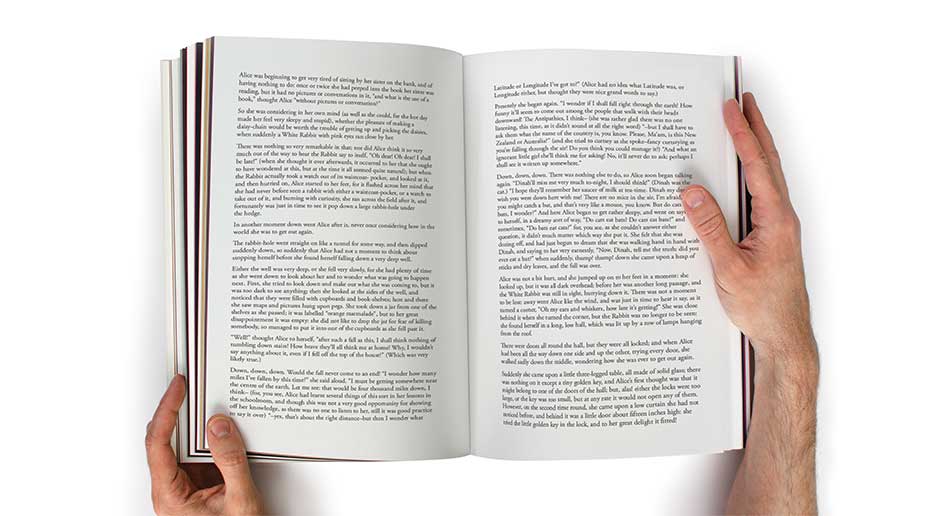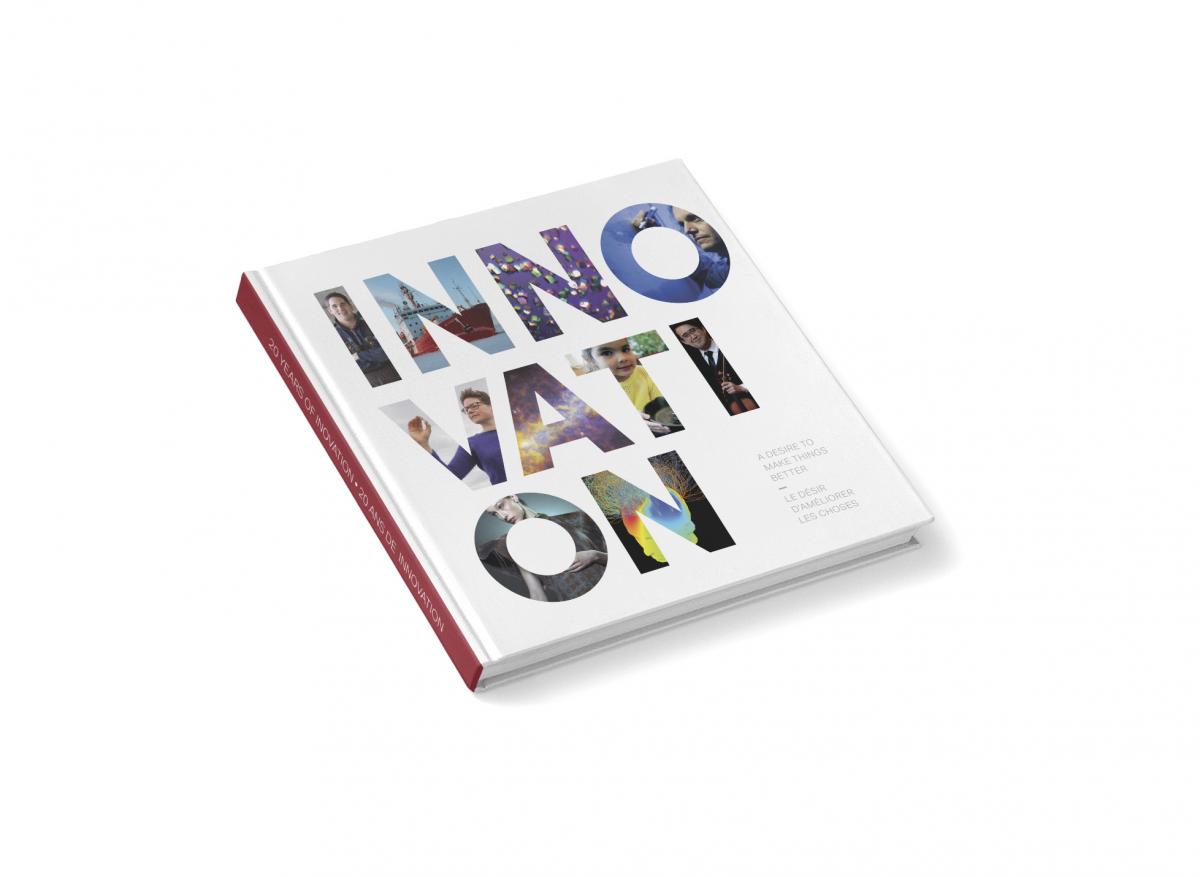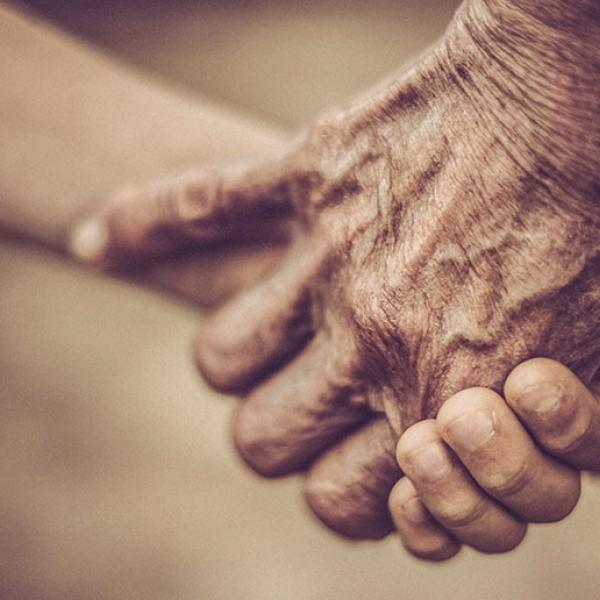A starburst graphically represents relationships between gay liberation activists in Canada between 1964 and 1975; dots depict some 2,000 people, lines connect those who together took part in about 17,000 demonstrations and lobbying events. It was compiled by researchers at the University of British Columbia’s Okanagan campus by first encoding the often euphemistic and historically specific language used to describe sex, gender and sexuality in historical documents. The graph shows active clusters of people and lets users explore how those clusters were connected to others, bringing to life patterns in the political action and lobbying that led to historic legal reforms in this country.
Image: Constance Crompton

Decoding eye movements to overcome obstacles to how we comprehend written language. McMaster University.
About a third of people aged 16 to 25 in Canada are functionally illiterate; they can read words, but they can’t follow a set of written instructions. Eye-tracking equipment, used by researchers at McMaster University, can help us better understand the barriers to comprehension. Sophisticated video cameras pinpoint exactly how someone’s gaze moves over a piece of text. This data can then be correlated with their performance on other cognitive or verbal tests to see if there is a link.
Image: iStock

Capturing our awe and anxiety over the modern world through art. University of Alberta.
Scans of stem cells are integrated with poetry and images of water and human bodies in “Perceptions of Promise: Biotechnology, Society and Art,” an interdisciplinary exhibition of visual art and essays that explores issues surrounding stem-cell and biomedical research. Based out of the University of Alberta, artists and biomedical researchers collaborated to explore complex ethical and philosophical concerns. The artists printed the stem cell images onto fabric and hung it up to form a Y-shaped tent through which attendees walked while surrounded by symbols of human life.
Image: Bernd Hildebrandt (photo); Liz Ingram and Bernd Hildebrandt (artists)
View “PART XI: To what is closest to our hearts”
View “PART XIII: It keeps us healthy”
Return to the whole collection of “Innovation: a desire to make things better”
INNOVATION: A DESIRE TO MAKE THINGS BETTER
A commemorative book to mark 20 years of the Canada Foundation for Innovation








